In these highly evolved, and often volatile times in the world of martial arts, the practioner of any style eventually finds themselves at a curious, and often baffling, crossroads. During an individuals training, they find themselves questioning many principles which may not have presented themselves at the beginning of commitment to training. Unfortunately these days the idea “commitment” often involves a hefty amount of monetary investment, with the promise that a certain level of mastership will be achieved over a set lenght of time.
“Three thousand dollars and you’ll have a black belt in three to five years.” To the beginner, a promise of the almost immortal feeling of having attained the rank of “elite” in any discipline is more than sufficient incentive to eagerly hand over hard earned savings to any school or gym willing to accept students. With that black belt or sash hanging in one’s closet, one will not only constantly be reminded of the great achievement he or she has worked so hard for, but will have cultivated a new sense of security as well. It is that sense of security Grand Master Bruce Lee, and his lineage of students questioned, and still question today. What good is a belt, or medal, or rank, if one can not efficiently defend themselves or loved ones when the moment presents itself?
In my personal experience with martial arts, I found myself grappling with the question during my second year of training in a striking style of traditional Kung Fu. My uncertainty was nurtured mainly from watching my own personal videotaped full contact sparring sessions. During these sessions I saw, to my dismay, many higher ranking students and even black belts pummeled by students with less experience, including myself. To me, the hierarchy and regimented structure, which most students rely upon for validation of skill, just didn’t make sense. It was during this time which I found Jeet Kune Do.
During my very first class I was introduced to fundamentals in footwork, coordination, and movement, which immediately improved my sparring. Later, philosophies of timing, interception, and fluidity, were introduced. Sensitivity, reaction, and preception drills were all intertwined during the ciriculum as I saw each individual progress at their own pace. Under the careful watch of Dr. Z, a former NCAA boxing champion, a former full contact fighter, and second generation practitioner of Jeet Kune Do, I saw my sparring scutinized and studied. Not only were the mechanical aspects of how I performed in a conflict improved, but my whole approach and philosophy of action during conflict was changed
Jeet Kune Do practitioners are taught to engage and end a physical confrontation in the quickest way possible. It is the precursor to what is now regarded as “mixed martial arts”. The four ranges of fighting, from kicking, to punching, to trapping, to grappling are all covered. Most importantly, the students are taught how to efficiently react in actual conflict, which is the essence of every martial art. After a core of techniques and fundamentals are learned, the next step is continual exploration though individual study and application. To have an authentic and qualified instructor willing to take you along that path is a privelage, and Dr. Z fills the shoes.
M. Sotto
Green Sash .

